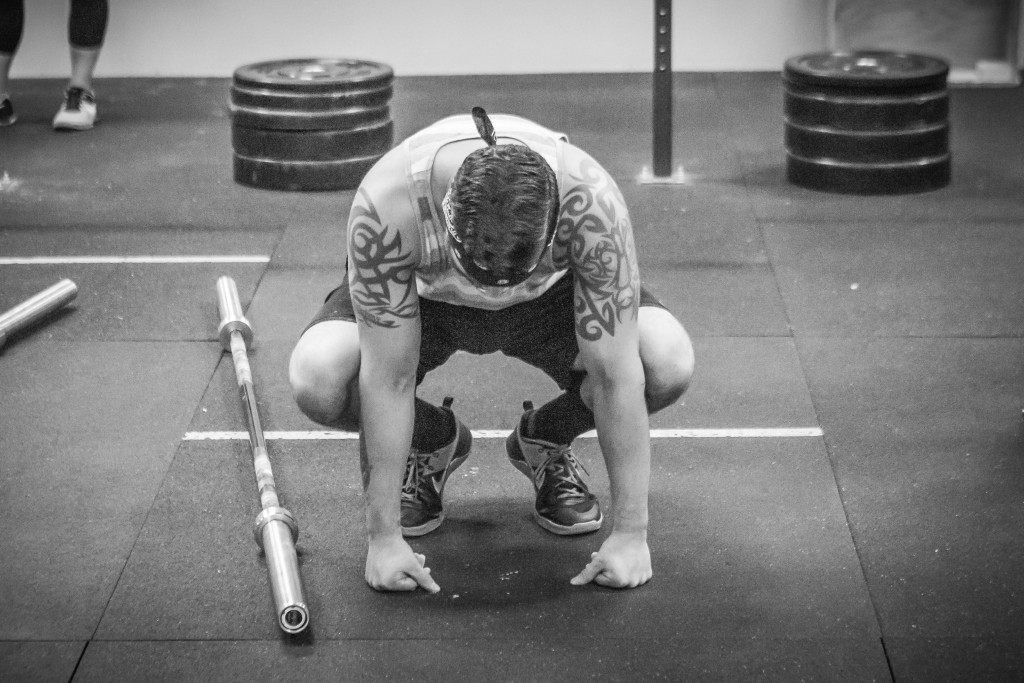The 9amers are having way too much fun post workout. I think we need to make class more challenging!
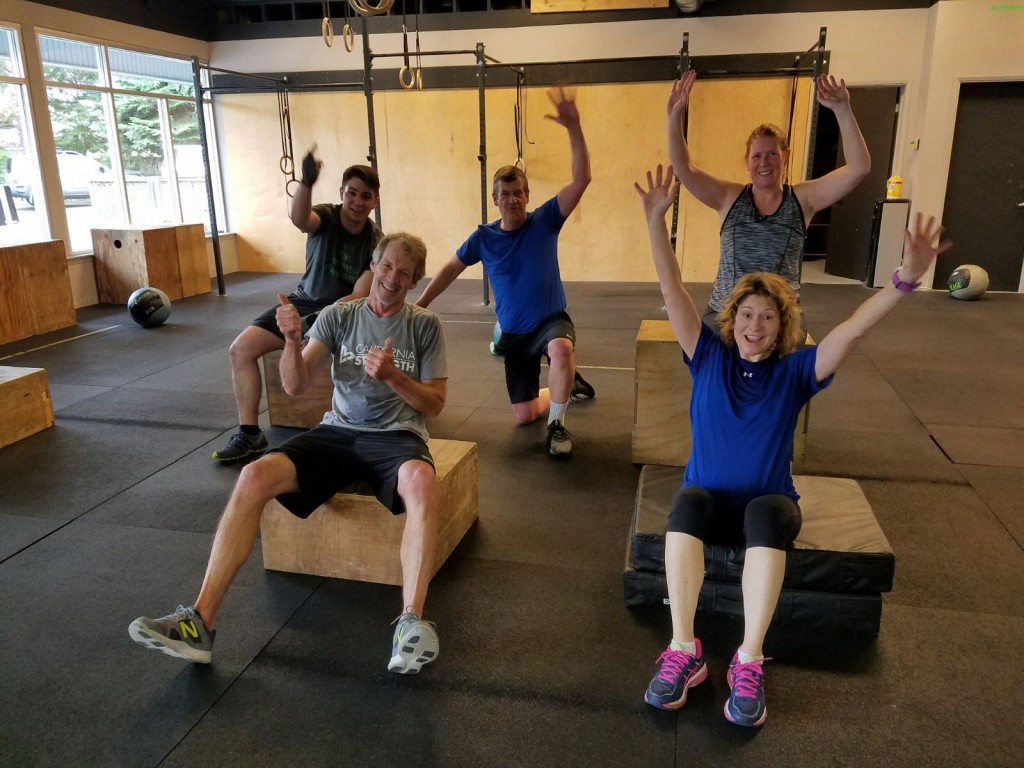
The 9amers are having way too much fun post workout. I think we need to make class more challenging!

Guest post by Patrick O’Donnell
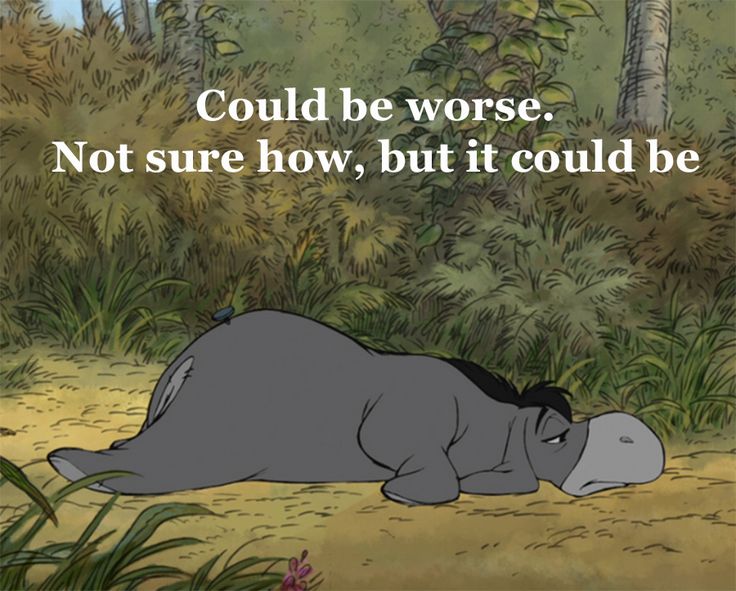
Last night around 7:00 pm, I sat in my truck for ten minutes in the gym parking lot trying to get the motivation to go inside and workout. I was tired after working a ten-hour day. I eventually told myself to stop whining and get it done.
In the locker room, there was a guy grimacing in pain having trouble putting on his shoes. We started chatting and he told me he recently had a knee replacement, which was evident by the giant scar on his right knee. He was smiling and happy.
He went on and told me last year at this time he weighed 350 pounds. Now he weighs 260 and wants to hit 200. I congratulated him and asked how he did it. He smiled at me and said, “I get my ass to the gym almost every day and I don’t eat like shit anymore. Lots of lean protein and cut down on carbs.” We both laughed and we both wished each other a good workout.
As I climbed the stairs of the gym to the weight room, I thought to myself 260 was the most I have ever weighed and I was never so unhappy with myself. This guy was thrilled to be 260!
Everyone has their own story. We all face difficulties or challenges in our lives that ultimately shape who we are. No matter the stage of whatever journey we are on, it’s important we keep plugging along and eventually get some great things done. Forget the excuses and push forward!
Let’s support each other and enjoy the ride. It’s all in the perspective!
Ego has no place in a CrossFit gym – or any other gym, for that matter – if you want to truly grow as an athlete. Good coaching, proper movements, and being open to learning are paramount to your success, and to your safety. The following article “The Pig-Headed and the PRs” by Emily Beers, contributing writer for CrossFit Journal, underscores my sentiment.
—Coach Chris
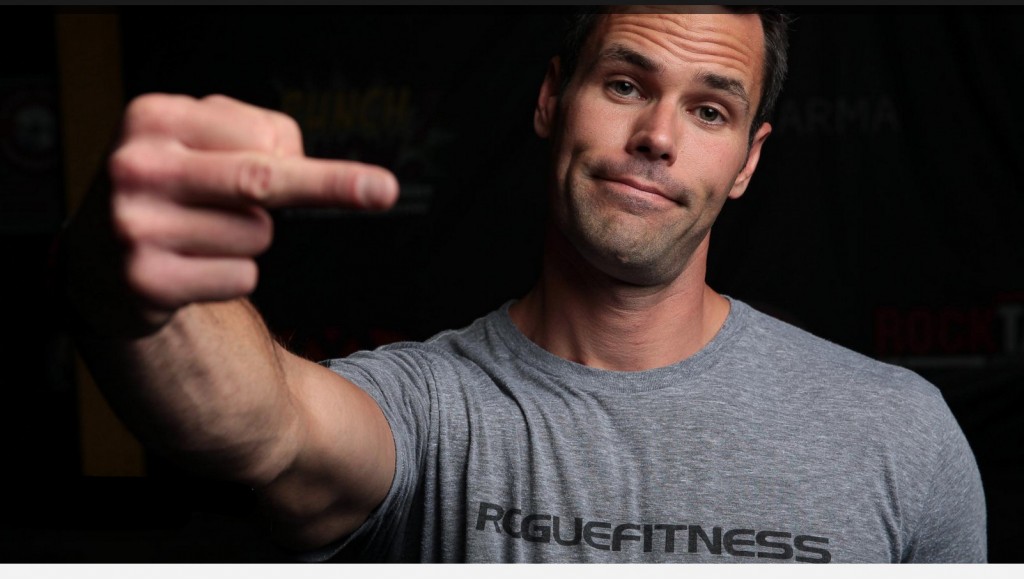
[excerpt] “Picture a guy landing a snatch with his feet four feet apart, and instead of locking his frame, he uses his deltoids to press the bar out.
“And when he deadlifts, he just bends down and pulls on the weight as hard as he can.
“That guy, or girl, is always lurking.”
Those are the words of Sean Dickson, owner of CrossFit Riverchase in Birmingham, Alabama.
He was referring to himself—or at least the guy he used to be.
“I was an alpha male who had the abilities but was lacking knowledge, technique and coaching cues to know any better,” said Dickson, who served with the U.S. Army from 2001 to 2010.
After learning the hard way—including a labrum tear—Dickson said he now goes out of his way to sniff out and reform competitive yet reckless individuals with oversized egos, like the guy with a 100-lb. overhead squat who is determined to muscle-snatch and press 200 lb. over his head.
“I had an athletic guy at my gym once who could throw a 225-lb. barbell over his head, but everything about the way he was lifting sent alarm bells to the coach. But he kept insisting that he wanted to do a 225-lb. back-bend deltoid raise so he could put it on social media for all his friends to like.
“I kicked him out of the gym.”
by Coach Aaron Hyatt
One of the most overlooked aspects of physical health and fitness is flexibility. Poor flexibility can lead to a host of problems, including injury, overcompensation, poor performance, or hitting plateaus. However, people with above average flexibility can typically continue to progress in training without having many injuries. I want to discuss four reasons why flexibility is important. First, let’s define flexibility. Flexibility is the range of motion that your joints are able to move through. If you can move a particular joint through all different ranges of motion easily, then you have ideal flexibility in that joint. Now that we know what ideal flexibility is, let’s discuss what happens when we do not have a full range of motion in a joint or joints.

The biggest problem that occurs from poor flexibility is an injury. These injuries could be classified as tweaks and strains. Now let us talk about why we experience these tweaks and strains. The modern lifestyle has been developed to put an emphasis on convenience over health, and our bodies are starting to pay the consequences. The majority of our day is spent sitting, either at work or in the car or on the couch, and we spend hours a day looking down at our phones. The result of all of this sitting and poor posture is a loss of range of motion in our hips, ankles, and shoulders, just to name a few. When we lose this range of motion, we are not able to get in positions that our body was designed to get into, such as sitting in a full squat or reaching our hands over our heads with our arms straight. Therefore, when we do try to get into these positions, whether with weight or not, our body compensates, and many of the muscles that should be doing the work of these movements are not used. Lats, Glutes, core, and lower traps end up getting shut off and smaller, secondary muscles end up doing the work of these larger muscles.
The second problem that occurs with a lack of flexibility was discussed a little previously, and that is overcompensation. When we cannot access the big muscles that are supposed to do the work, then they get shut off and smaller muscles overcompensate and do the work of the big muscles. These muscles are designed to have more of a supporting role, but when they are forced to be the main movers than problems occur. They get tired and overworked much more easily, and our bodies have to work harder to do the work as a result. This can lead to the last two problems of poor performance and plateaus, as well as injuries which have already been discussed.
For people who are trying to compete in the sport of CrossFit, or in any other physical activity, perhaps poor performance is the biggest downfall of poor flexibility. When a person has poor flexibility and cannot access the correct muscles to perform a task, they are missing out on a higher level of performance. Let’s take the glutes for example. If a person sits most of the day, then the chances are they are missing out on some of their glute function due to poor flexibility. If this person wants to compete in any sport where using the lower body is important (which is most sports), then they are effectively missing out on much of the power of the biggest and strongest muscle group of the body. Let’s say our competitor is competing in powerlifting and wants to squat as much as possible. If their glutes are not fully engaged due lack of flexibility, then smaller and weaker muscles will be forced to do the work that the glutes should be doing. This will lead to a lower back squat number (perhaps much lower) than could be achieved if the glutes were fully engaged. The body is very good at compensating to get a task done, but when it does we miss out on a lot of performance that could be achieved by using the muscles that we should be using.
The final problem with poor flexibility is reaching a plateau in training. This goes hand in hand with poor performance and is very common in people who have been training for multiple years, especially those who did not start training until later in life. If a person does not have the proper flexibility to perform certain tasks then, as discussed before, the smaller muscles will do the work that the big muscles should be doing. Eventually, these smaller muscles will reach their full potential, which leads to a plateau. No matter how hard you try or how much work you do, you will not get any better until you learn how to recruit the bigger muscles to do the work that the smaller muscles are doing. This can be a very frustrating process and can lead some people to quit training altogether. If you have reached a plateau then it might be a good idea to see if you have a full range of motion in all of your joints.
One of the most overlooked aspects of physical health and fitness is flexibility. Poor flexibility can lead to a host of problems, including injury, overcompensation, poor performance, or hitting plateaus. In this article, we discuss these four problems and what you can do to overcome them—which will have you training pain-free for years to come.
A new school year means the Mountlake Terrace Highschool P.E. class is back to dropping in once a week! It’s great being able to teach these kids our method of training.
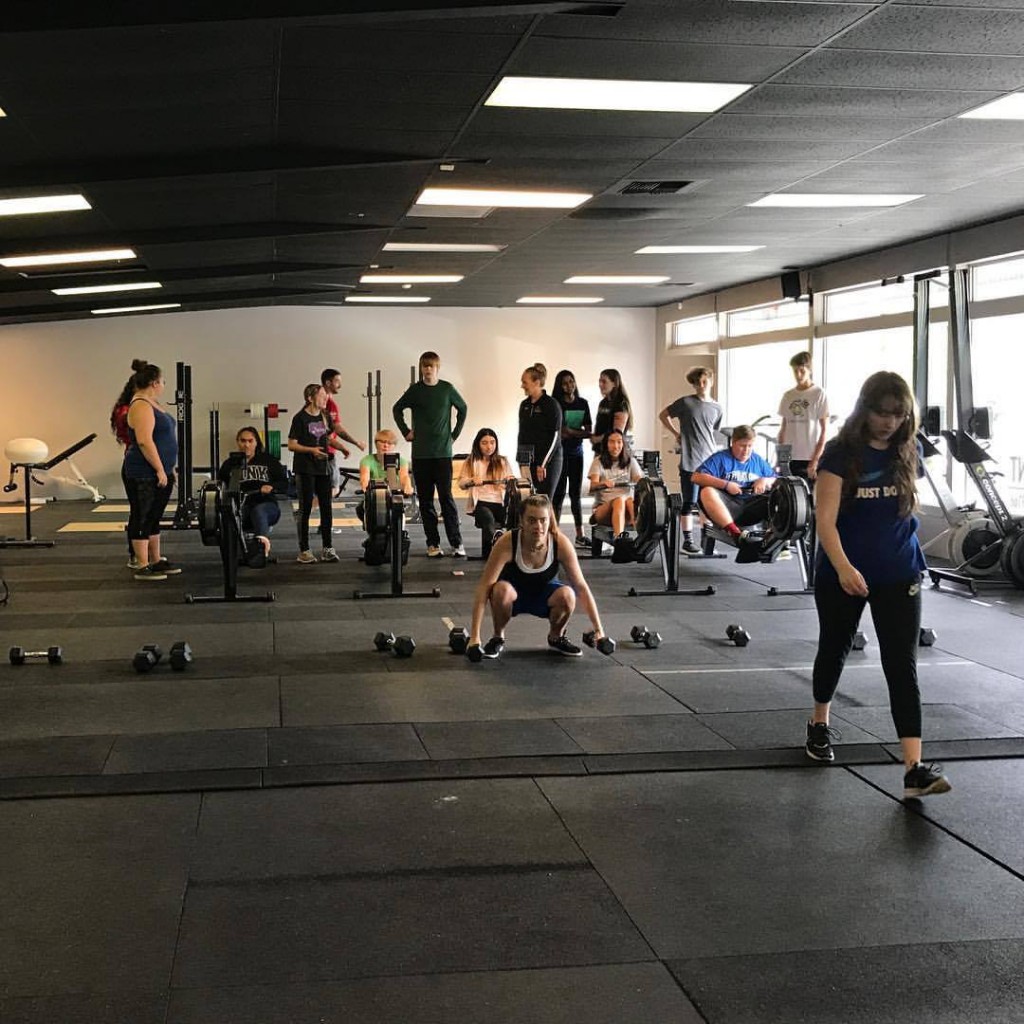
by Coach Vanessa Dickens
So your resume does not list athlete on any bullet point. You might never bring home an income from physical exertion. Your Instagram won’t have a million followers.
Maybe you’re an engineer, an accountant, or a stay-at-home parent. But if you are there competing against yourself, you are an athlete.
I don’t kid myself and think I am an athlete in the same sense that Katrin Davidisdottir or Tia Clair Toomey are athletes. But unquestionably, undeniably, unapologetically – I am an athlete!
I am a CrossFitter. Some days I don’t get to WOD (workout of the day). Some days I am so spent from working that I cannot muster the energy needed to give it my all in a workout. Some days I will give everything I have to my workout and be left dying on the ground in a sweaty mess. You can find my collection of shirts from the various gyms I’ve visited and competitions I’ve participated in, folded in a drawer.
I am an athlete because I have paid the same price as all the athletes that have come before me: blood, sweat, and tears. I have made my offering to the fitness gods. I’ve torn my hands to shreds, I’ve soaked every inch of clothing on my body, I’ve cried from the pain of my exertion. My sacrifices, while on a different order of magnitude, still resonate with the same frequency as the professionals. They give their whole lives for sport and, as such, are athletes first. I give my all when I can and still earn the title of Athlete.
‘Athlete’ is not a term just reserved for the privileged; ‘athlete’ is a term bestowed upon the worthy. One is not born an athlete.
Do you have a physical goal? Are you actively pursuing that goal? Are you making improvements towards your goal? Are you bleeding, sweating, and tearing? Yes? Then you are an athlete.
To be an athlete, you must have passion.
Look at your PRs. Are you improving? Look at your WOD times. Are you getting faster? Before you couldn’t run around the block, now you can run without stopping. Before you couldn’t lift the bar over your head. Now you can lift the bar and more weight.
Do you do everything in your power to guarantee that you are better than yesterday? Yes? Then hello, Athlete. I am also an athlete. It’s a pleasure to meet you.
